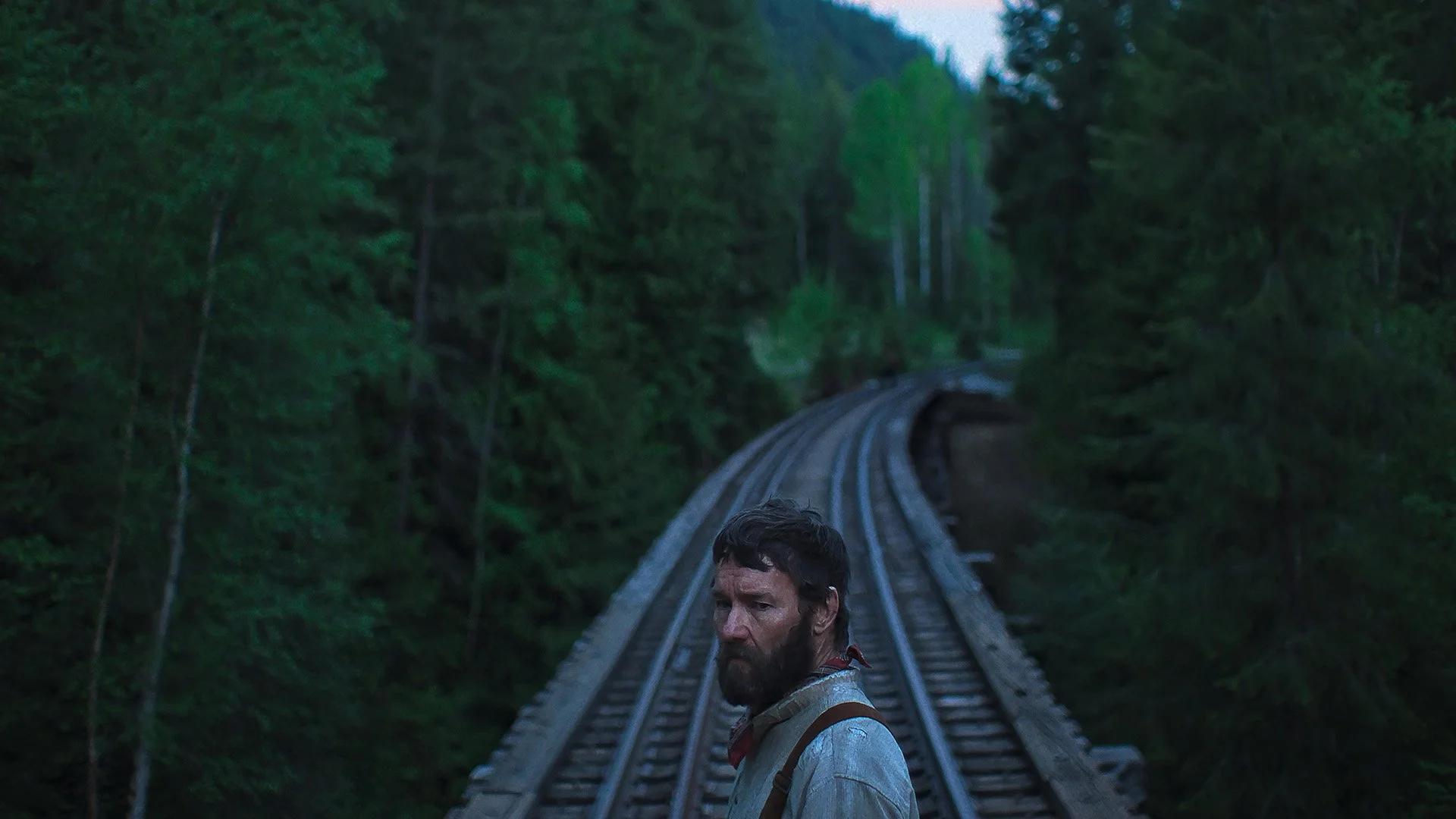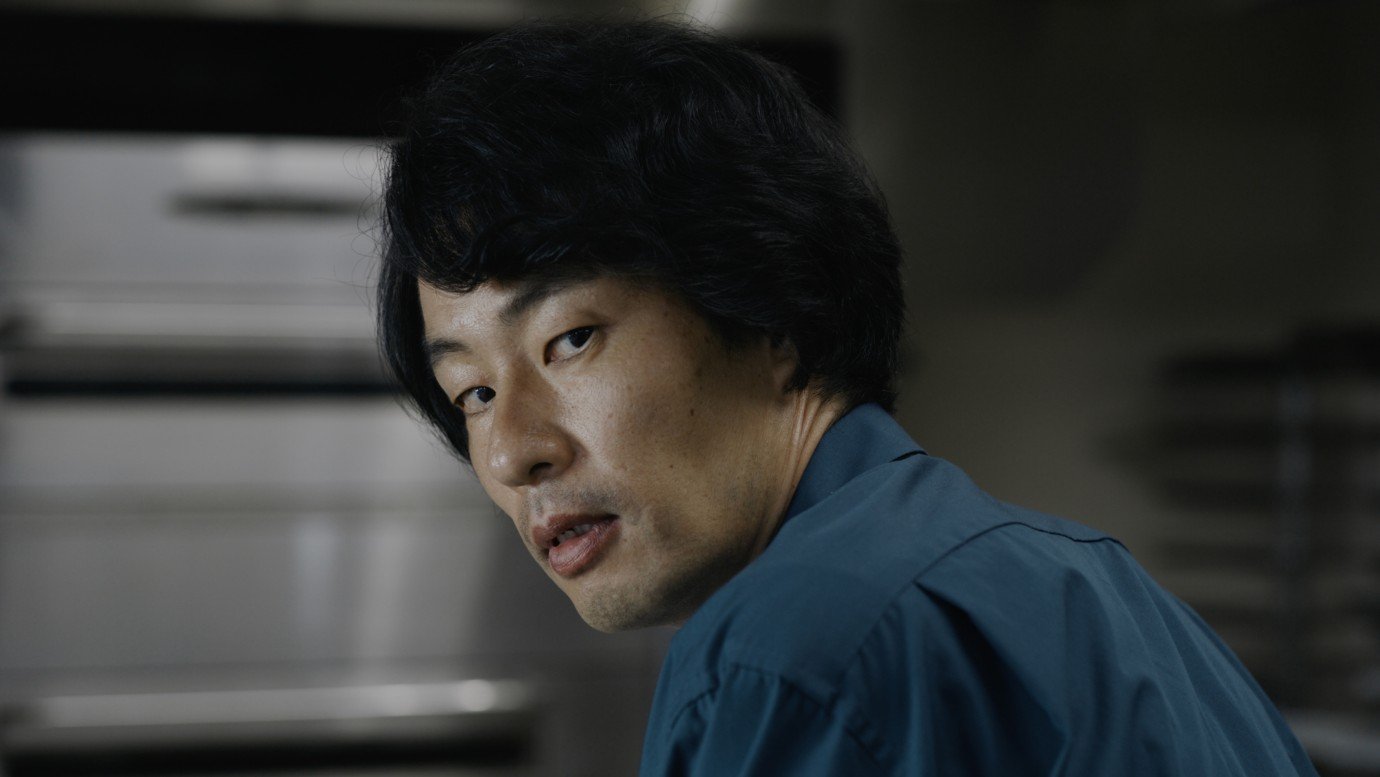Review: 1917 (2019)
There’s a now famous shot in Joe Wright’s 2007 film, Atonement, where James McAvoy’s Robbie shows up at Dunkirk and strolls along the beach through the crowds of retreating British soldiers. The camera keeps moving back and back and back and doesn’t cut for five and a half minutes. It’s an impressive shot and captures the scale of the war in one continuous take, but it’s also an undeniable filmmaking flex and almost-distracting in its showmanship. Sam Mendes’ 1917 is essentially that shot stretched out to feature length. It’s a gimmick film made to look like one continuous take, but the gimmick is undeniably impressive. There’s nothing inherently wrong with gimmicks and Mendes’ World War I drama is certainly better than Alejandro G. Iñárritu’s one-shot Birdman or his ultra-depressing The Revenant. The issue is that 1917 is more impressive as a technical feat than as an actual film. When the metanarrative surrounding the story is more interesting than the story itself, you’ve got an artistic tension that cannot be easily resolved. So to watch 1917 is to be entertained by its audacity and stunned by its visual beauty, but not particularly convinced that it teaches us anything new about war as a result of its single-take presentation.
Although it’s billed as a war film, 1917 operates as a quest narrative, much like a video game mission. Lance Corporal Tom Blake (Dean-Charles Chapman) is tasked with delivering a message across enemy lines to the second division, where his brother is stationed as a lieutenant. The division is set to go on the offensive in the morning, but the Germans have strategically retreated in order to set a trap for them. Communication lines are down, so Tom is sent on this mission along with his friend, Lance Corporal William Schofield (George MacKay), across No Man’s Land several kilometres away to where the second division is stationed.
Mendes and co-writer Krysty Wilson-Cairns take a clever, if familiar, approach to the war material: they shrink the scale of an almost unfathomably nightmarish war to a personal story of one young man trying to save his brother. Of course, if he saves his brother, he’ll also end up saving the other 1,600 men in his division. In a sense, it’s playing to the notion that men in war don’t fight for the larger objective, but fight for the man in the trench next to them. It’s a cliche, but there’s obvious truth to it. It’s also a way of making emotional sense of a conflict that cannot be summed up in a two-hour film, let alone one presented as a continuous take restricted to two young men.
And to be clear, the men are young. Chapman, who’s best known for playing Tommen Baratheon on Game of Thrones, looks hardly more than a boy and the film leans into his youth and inexperience. One of Mendes’ best decisions here is to focus on the youth of the characters and their general insignificance to the larger powers that be. Mendes casts stalwart British veterans like Colin Firth, Mark Strong, and Benedict Cumberbatch as the commanding officers. There’s no conventional movie star to latch onto at the film’s centre. Instead, there is only innocence and boyishness. Historically, most Hollywood films about World War I have cast older actors in the roles—think Gary Cooper in Sergeant York or Kirk Douglas in Paths of Glory—but WWI was a young man’s war and it was the young men of Europe that died in it. Mendes never brings this up directly in 1917. But his casting and the way the camera lingers over the boyish faces of the men at the front makes the point clear.
However, the camera is doing far more than simply lingering on the faces of these young men at its centre. Mendes and his celebrated cinematographer, Roger Deakins, attempt to embed us along with the characters. In his press tour surrounding the film, Mendes has talked a lot about the film’s attempt to replicate reality and about using the one-take presentation as a means of conveying this effect. I’m not sure I agree that refusing to cut creates exactly this effect in an audience, but it does undeniably raise the tension and hold the attention of the viewer. That alone is commendable, even if there’s a showiness to the style that is also undeniable.
If you go into 1917 unaware of the one-take presentation, it won’t take you long to catch on to what Mendes and Deakins are doing. In the opening moment, a soldier wakes up Tom beneath a tree and tells him to report to the general. Tom wakes up William and goes to where the officers are stationed and the camera follows. It follows them into the trenches and to the underground room where the general gives them their orders. It follows them back outside and then down to the frontlines where disillusioned soldiers hold the trenches and give them tips on how to survive an inevitable German response. Tom and William go over the top and the camera goes with them. It follows them throughout the entirety of their quest, never seeming to cut (although there are several cuts throughout, disguised by movement across the backs of the men or alongside masses of rubble or dirt). We follow them across No Man’s Land, into an abandoned mine, into a forest, to a French farm, into a wartorn village, down a river, and back into the trenches.
There’s a definite thrill to this presentation. The fact that it’s playing out in real time amplifies the tension of the scenario. The one-shot conceit also adds a thrill of simply watching the filmmakers continue to pull off this feat, as if the continuation of the visual approach itself could somehow shockingly end. However, this meta-thrill ends up being a questionable addition, since it reminds us of the filmmakers behind the story at every turn. Usually, the point of cinematography in the classical Hollywood style is to make the camera invisible and erase the remove between character and viewer. However, with this visual approach, it’s impossible to make the camera disappear since it’s breaking the conventional rules of cinema; its refusal to cut makes us aware that someone is deciding not to cut.
I’d be lying if I said any movie ever truly made me forget its function as a movie, but considering Mendes’s stated intention of heightening the intensity of the war on screen, the decision to present it as one take may have created the opposite of its intended effect. If the film cannot erase the distance between character and viewer, it at least can make us marvel at its choreography and the technical beauty of its presentation.
Unlike almost every war film made since Saving Private Ryan (1998), 1917 doesn’t relish the chaos and carnage of war. It can’t, because that chaos is created through the editing, and 1917 foregoes all conventional editing. This means that the film is more about atmosphere and tone than action, which is something that has been little discussed and is worth celebrating. It pauses over firelit images of a town torn to rubble or focuses on the dejected faces of infantrymen in the back of a truck. Nothing better conveys the emptiness of World War I than the desolation of No Man’s Land and the initial view of it in 1917 is among its most impressive moments. The wide lens captures the absolute flatness and still of the land, where all life—from men to animals to trees—has been destroyed. What’s left is an absence that is palpable in the cinematography. Unlike most war movies, the stillness here is the most haunting. In total, the film manages to remove any of the visceral thrill of combat itself, which is a significant accomplishment in a genre that is virtually incapable of being truly anti-war.
There is much to admire about 1917. But it’s impossible to escape the stylistic conceit at its centre and the question it raises: would the film be improved if it were presented as more than one shot? It’s impossible to know the answer to this question. Mendes and Wilson-Cairns planned the film as one shot from the get-go, so it’s fruitless to ponder this question too deeply. To many viewers, the approach is warranted and thrilling; Golden Globes wins for Best Director and Best Picture Drama, and several Oscar nominations and likely wins, seem to justify Mendes’ approach from an industry-viewpoint. But I cannot escape the notion that the stylistic presentation occludes the stillness, the innocence, and the beauty on display. It limits the film and makes it merely impressive, instead of truly immersive and moving.
6 out of 10
1917 (2019, UK/USA)
Directed by Sam Mendes; written by Sam Mendes and Krysty Wilson-Cairns; starring George MacKay, Dean-Charles Chapman, Mark Strong, Andrew Scott, Richard Madden, Claire Duburcq, Colin Firth, Benedict Cumberbatch.



Darren Aronofsky ultimately cannot manage the tone of this black comedy crime film.